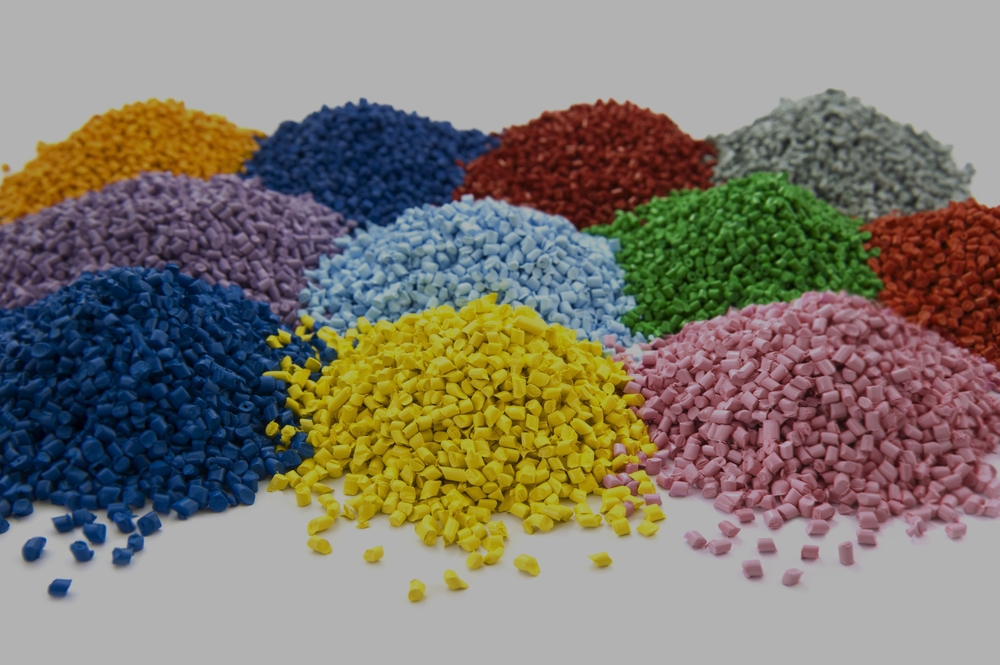

Previously published on fastradius.com on April 22, 2021
The manufacturing industry is vast, and it goes without saying that the material possibilities within it are almost limitless. Between thermoplastics, thermosets, different kinds of filaments, and cutting-edge 3D printing resins like LOCTITE 3D IND405, you’ll usually be able to find a plastic that perfectly fits your use case. However, sometimes the only way to get more of the chemical and mechanical properties you want and fewer of the ones you don’t is to use a blend of compatible plastic polymers.
One of the most popular polymer blends on the market is PC-ABS, a mix of polycarbonate (PC) and acrylonitrile butadiene styrene (ABS). Here’s everything you need to know about PC-ABS plastic, from how it’s made to when to use it.
Polycarbonate/acrylonitrile butadiene styrene (PC-ABS) is an engineering thermoplastic created from a blend of PC and ABS. The unique balance of properties is dependent on the ratio of PC to ABS in the blend, the polycarbonate’s molecular weight, and any thermoplastic additives in the blend. The ratio of PC to ABS affects the heat-resistance of the final part significantly.
Engineers and product teams turn to PC-ABS when their use case requires the toughness and heat-resistance offered by PC along with the ductility and processability offered by ABS. PC-ABS is also a more cost-effective alternative to PC.
Due to its mechanical properties, PC-ABS plastic is one of the most widely used engineering thermoplastics in the world. This material has high strength, high stiffness, high heat resistance, and high impact resistance, even at low temperatures. PC-ABS retains its dimensional stability over time and its enhanced flow characteristics and processability make it easy to work with. Since PC-ABS is colorable and printable, designers have a lot of freedom when working with this material.
The mechanical specifications for PC-ABS include:
Even though PC-ABS is extremely versatile, it does have drawbacks. For example, PC-ABS has poor weatherability and low fatigue endurance even though it’s strong. This material also has low chemical, UV, and oxidation resistance, but engineers can improve these properties by using reinforcing agents like fiber fillers or thermoplastic additives.
Polycarbonate/acrylonitrile butadiene styrene is most commonly used in the automotive and electronics industries.
PC-ABS plastic is used to make:
PC-ABS is also found in many popular consumer electronics, including:
PC-ABS brings together the best properties of polycarbonate and acrylonitrile butadiene styrene in a thermoplastic blend that’s highly processible with excellent mechanical properties. It’s tough, easy to manufacture with, and able to withstand numerous high-temperature applications.
Do you think polycarbonate/acrylonitrile butadiene styrene is the right material for your next project? A manufacturing expert like SyBridge can help ensure you’re making the right decision. We have years of experience seeing our partners through the material selection process, and can help make the journey as painless as possible. Contact us today — let’s create something incredible.
Forget typical cycle times. We're pushing the boundaries of conformal cooling. While traditional approaches deliver…
Forget typical cycle times. We're pushing the boundaries of conformal cooling. While traditional approaches deliver…
From left to right: Brayden Janak (apprentice); Logan Vifaquain (CNC machining, Programming and CMM); Ron…
SyBridge Technologies is proud to announce we have been awarded the 2023 General Motors Supplier…
Today, designers and engineers are accustomed to working with digital tools in their day-to-day jobs.…
Optimizing Your Injection Molding Process for Cost-Effective Manufacturing Excellence In today’s competitive landscape, manufacturers are…